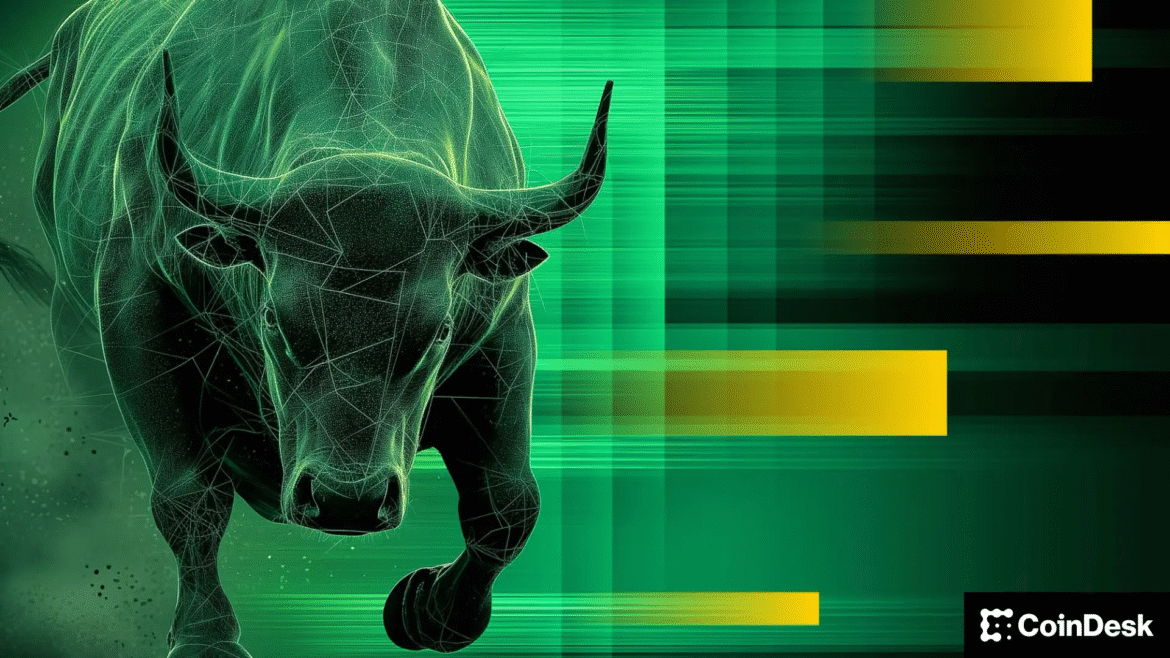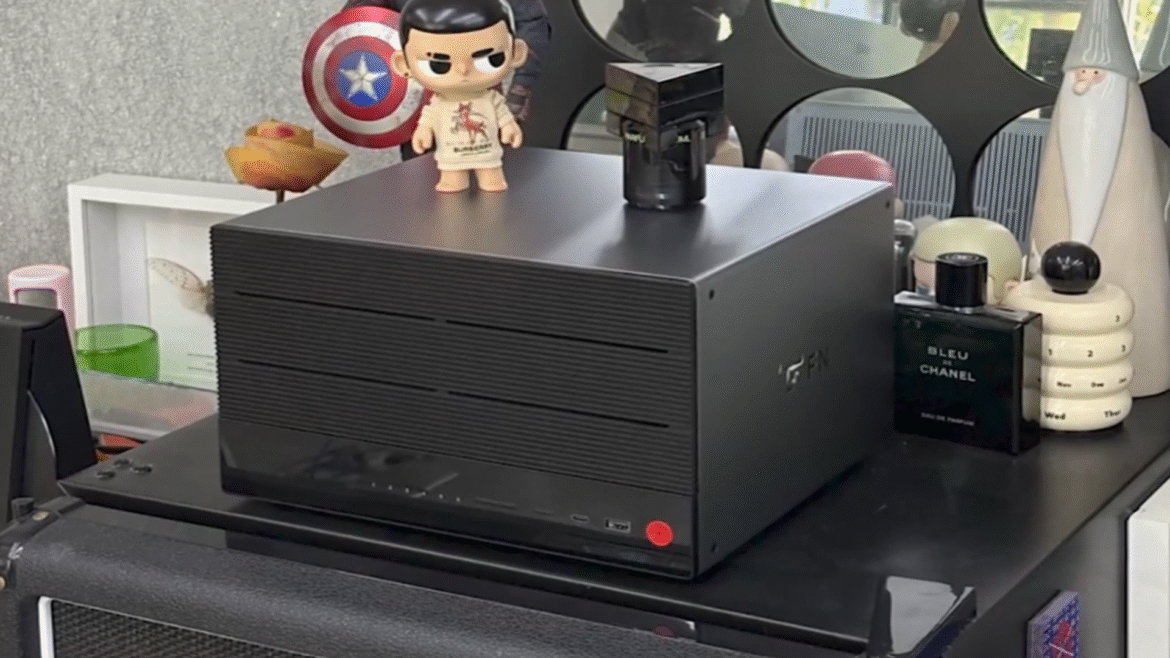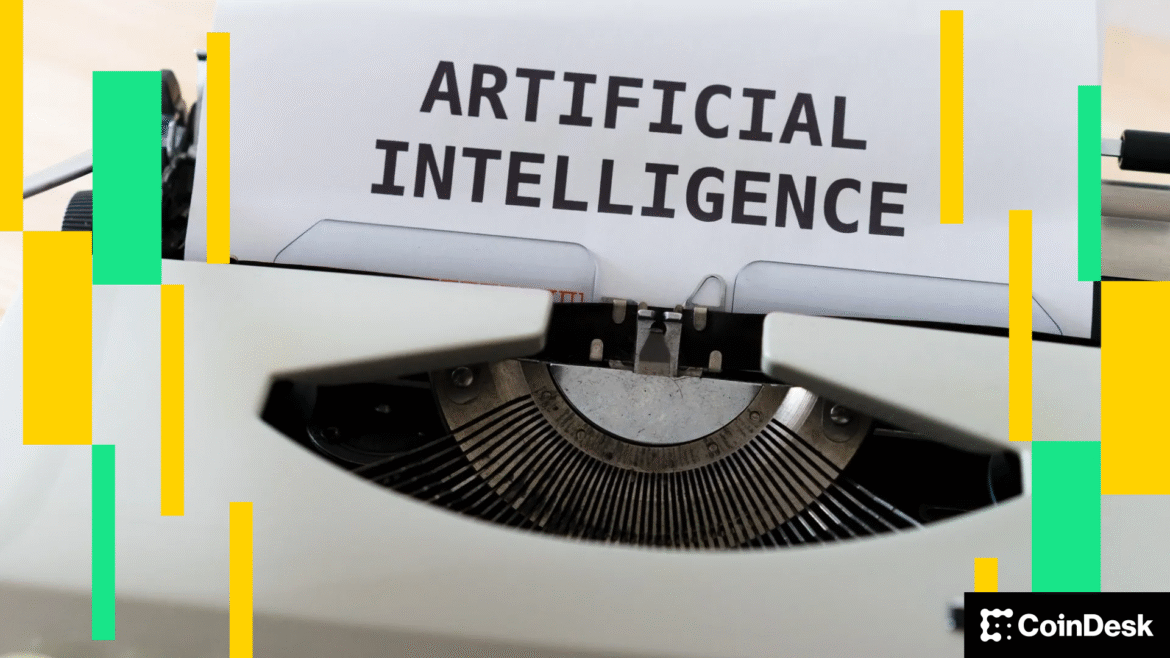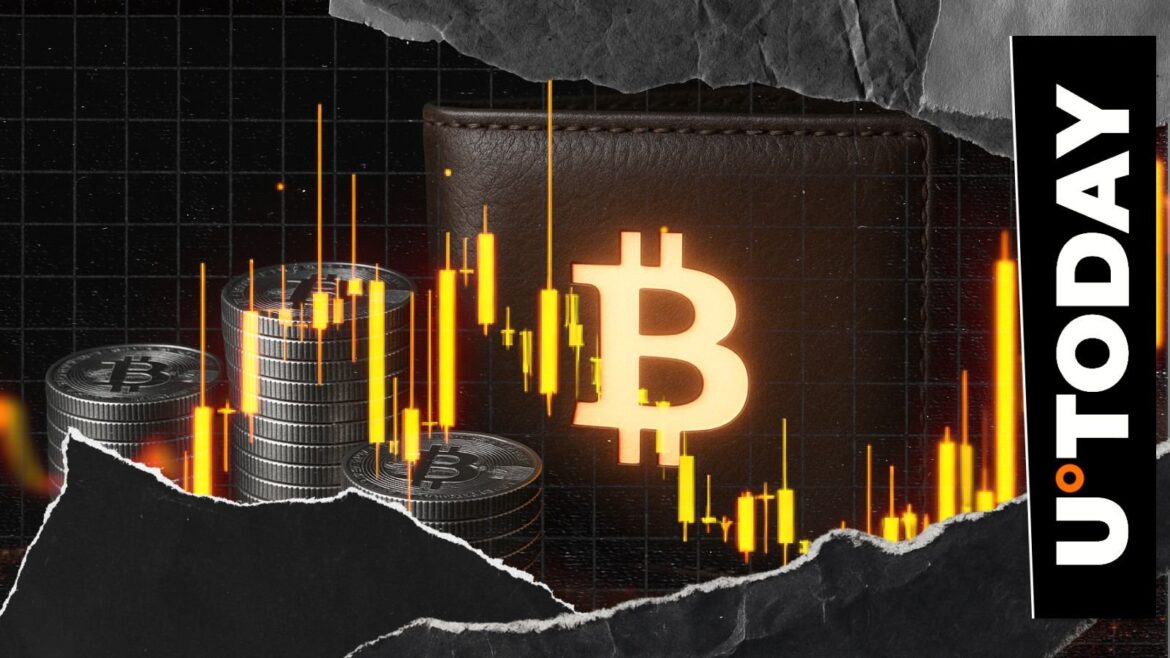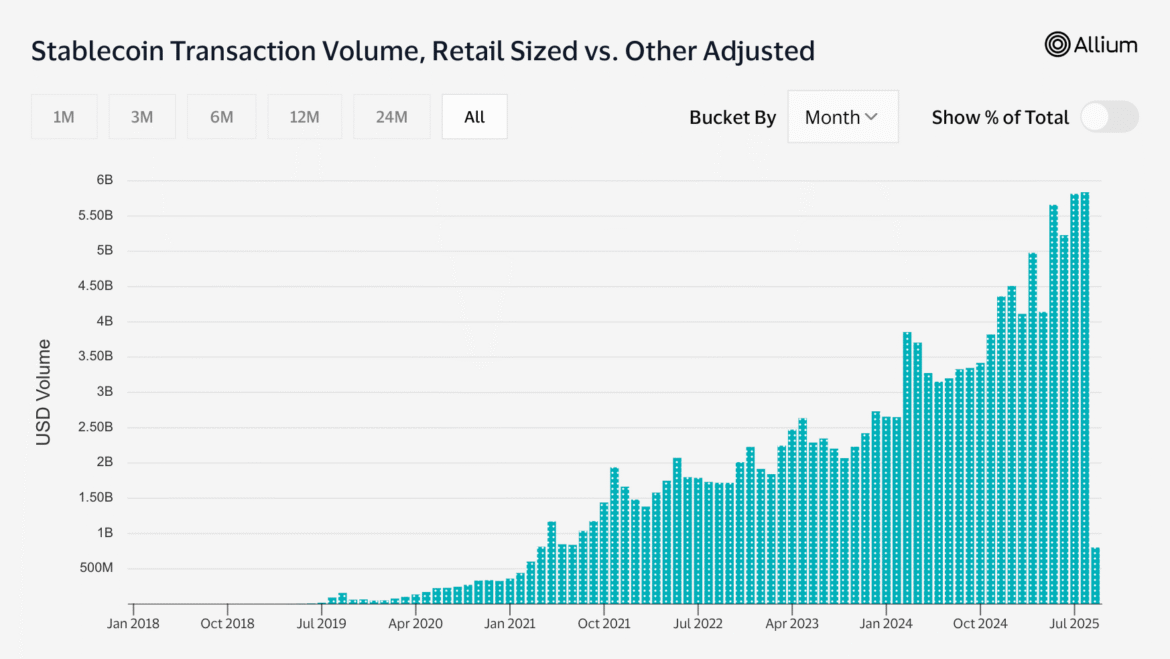Traditional investment firms all have the same mantras: “time in the market beats timing,” “move slowly,” and “big money is in the waiting.” It’s an action plan that made sense 20 years ago, but today, it’s a sure strategy for getting steamrolled by forces most of these firms refuse to acknowledge.
The uncomfortable truth is that markets no longer run on just earnings reports and balance sheets; they run on stories, memes, and cultural ideas that gain momentum through social communities like X and Reddit and move faster than analysts can reliably keep track of. As much as we want to call GameStop a glitch, it’s only a preview of how markets now work. Crypto investors had an outsized role in driving this shift that spilled over into traditional markets.
And now, retail investors have evolved from spectators to active market movers and makers, armed with platforms that let them coordinate, analyze, and act upon market intelligence at scale and unprecedented speed. While not every retail investor can outpace professional analysts, the most plugged-in communities have shown they can collectively move faster than institutions still operating by outdated playbooks. Look at Reddit’s WallStreetBets users, who drove the 2021 GameStop rally that led to massive losses for short sellers, citing that retail traders were the real force behind the market upheaval. Investors who have learned to read the cultural signals and narratives alongside financial ones will stay ahead.
Markets Don’t Crash From Speculation
A Wall Street secret is that markets don’t crash because of meme stocks — they crash because of stubborn loyalty to yesterday’s winners. The historic Dot-com Bubble didn’t burst because traders shifted their attention, but because both institutional and retail investors were in denial about industry over-valuation. Instead of recognizing the underlying stories that showed early signs of tech stocks’ crumbling prices, they chose to put their trust in past performance.
Crashes happen when conviction in positions hardens into blind faith and unquestioning belief, and markets force a hard reset. Speculation keeps markets honest by forcing constant reevaluation. Retail investors do this daily by actively debating a stock or token’s prospects or deep diving into company fundamentals with fellow market participants. When they engage critically and stress-test every narrative in real time, they perform an invaluable and increasingly rare service as the active asset management industry shrinks in favor of passive investing strategies.
The smartest retail investors ride a stock or token’s momentum but pivot as soon as the story changes. Their willingness to be wrong and adapt quickly helps prevent the kind of slow-moving institutional groupthink that leads to massive corrections, while still acknowledging that even retail communities can fall into faster, more volatile herd behavior. This mix of flexibility and collective attention makes them a uniquely influential force in today’s markets.
Retail Runs the Show – and It’s About Time
Retail stock trading is up to 20-35% of volume in the U.S. and UK alone, while crypto trade volume has also surged this past month exceeding a total market cap of $4T, but the change they’re forcing isn’t numbers — it’s intelligence. They’re networked, fast, and often spot trends before your dad’s broker does. Communities on platforms like Reddit and Discord can collectively analyze news, filings, and earnings calls, surfacing insights that sometimes catch institutional investors off guard. During the AMC rally, coordinated attention from retail communities amplified price swings and forced institutional adjustments. Today, AI-driven tools and educational platforms are making retail investors more capable and informed than ever, allowing them to process data and sentiment in real time. They might not always be right, but they’re influential enough to matter.
Taking a page out of what crypto has been doing for years, some companies are starting to get it: CEOs now engage directly with retail communities, and IR departments track social sentiment. They understand the passion retail investors have for their stocks and are more willing to stick with them through poor performance than with an institution that’s judged on quarterly performance.
Fighting Speculation is Fighting Reality
It’s 2025 and talking heads are still warning about how the gambling mentality is ruining price discovery, pointing to meme stocks and crypto volatility as proof that retail has turned markets into a casino floor. They say that embracing speculation encourages poor decision-making, market instability, and over-exposure to risk. This way of thinking misses that prices have always been driven by collective beliefs about future values. Now that more people are able to participate, it’s just happening faster.
Crypto is the ultimate example. Early critics called it pure speculation, divorced from the fundamentals of market movements, but it was actually just genuine price discovery happening at warp speed. The crypto market tested more ideas in a few years than traditional VCs could explore in a decade. While some ideas were garbage, the winners were massive.
How Do You Win in the New Game?
Don’t throw the fundamentals out the window just yet — success involves a hybrid approach of solid analysis and narrative awareness. More often than not, a great company with a boring story will underperform a decent company with a compelling narrative. Success means knowing narratives can change quickly and taking positions that capitalize on that.
By diversifying based on assets and stories, risk management is more comprehensive. It allows investors to stay plugged into the communities and platforms where market-moving conversations are happening, while being willing to admit being too certain about any position means you may be setting yourself up for a painful lesson in market dynamics. However, it’s also about being able to distinguish between market volatility and noise, and recognizing the distinction between legitimate analysis and the misinformation that can spread rapidly in these communities.
Adapt or Get Left Behind
Retail is here to stay — the technology exists and the communities keep growing. By acknowledging this is the new normal and learning to navigate social intelligence and narrative-driven momentum, all investors like will thrive. The future belongs to those who are flexible and can expand their toolkits beyond earnings reports and balance sheets to a world where information flows instantly and communities coordinate buying and selling in real time.
Speculation lets investors read both the fundamentals and social sentiment to spot undervalued assets and emerging narratives before the crowds catch on. Read the signals and adapt, or watch from the sidelines.

